
Wildlife trafficking is a multi-billion-dollar global problem, with traffickers constantly finding new ways to evade detection. While traditional methods of fighting wildlife crime, such as K9 units, have had some success, there is a growing need for more innovative solutions. Enter the African giant pouched rat, a remarkable animal that is now being trained to detect illegally trafficked wildlife products. With their impressive sense of smell and agility, these trained rats are providing a new approach to combating wildlife crime.
The Global Threat of Wildlife Trafficking
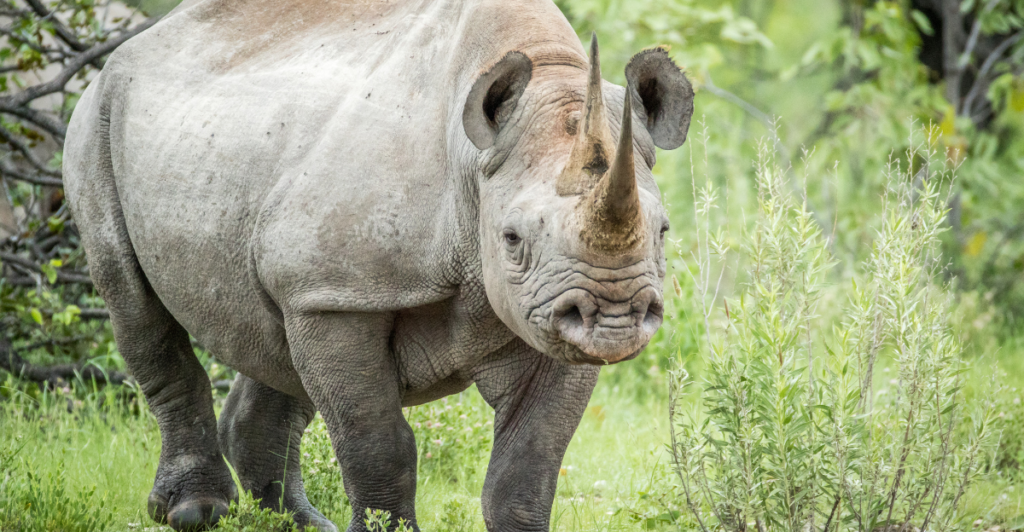
The illegal wildlife trade is a serious issue, with products like elephant ivory, rhino horn, and pangolin scales being trafficked across borders. It generates up to $20 billion annually, according to Interpol, and threatens the survival of countless species. Authorities are continually looking for new ways to curb the trade, but many existing methods are either too costly, inefficient, or far from deployment.
The Rise of Scent-Detection Animals

Scent-detection animals, such as trained dogs, have been used in various settings to detect contraband. However, a new approach involves using African giant pouched rats, known for their exceptional sense of smell. These rats have previously been trained to detect explosives and even diseases like tuberculosis. Their ability to detect a wide range of scents, including those used by traffickers to conceal illegal products, has made them an attractive solution in the fight against wildlife trafficking.
Why African Giant Pouched Rats?
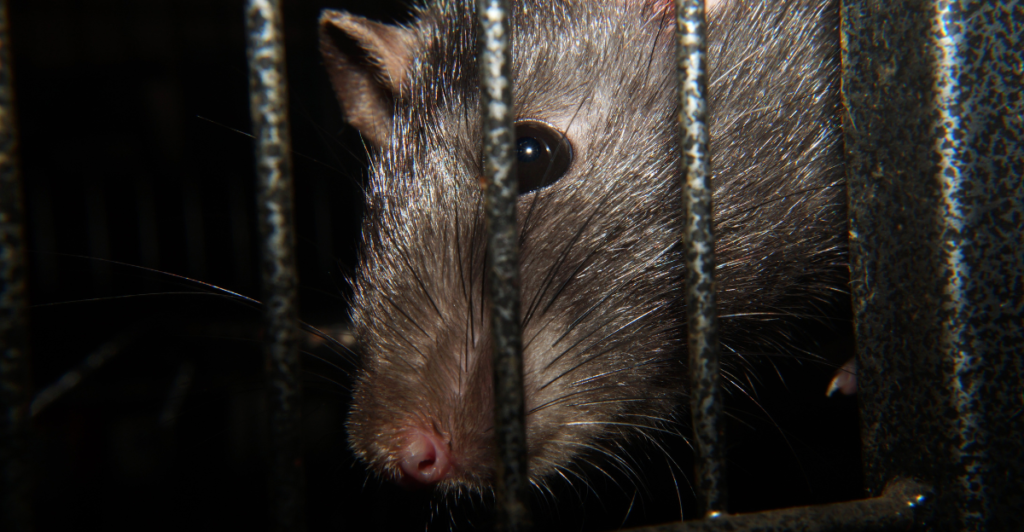
African giant pouched rats (Cricetomys ansorgei) are particularly well-suited for this task. These rats have a keen sense of smell, which allows them to differentiate between various scents. Moreover, their small size enables them to access tight spaces that larger animals, such as dogs, cannot reach. Their previous success in detecting explosives and diseases made them prime candidates for detecting wildlife contraband.
Training the Rats: A Challenging Process
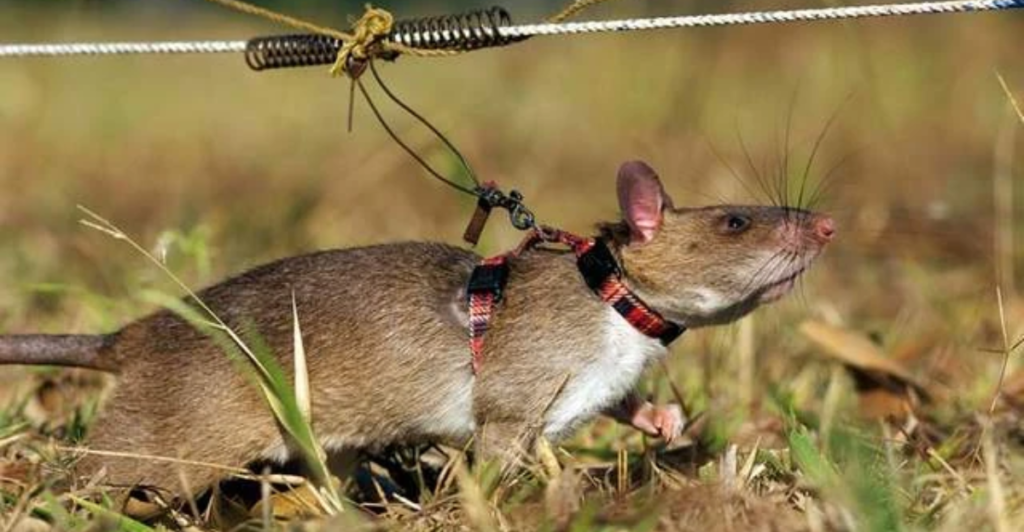
Training the rats to detect trafficked wildlife was a complex task. The 11 rats involved in the study had to first learn to focus on a specific scent for several seconds. This process was followed by teaching them to distinguish between target and non-target scents. Traffickers often use substances like coffee beans and washing powder to mask the smell of contraband, so the rats needed to learn to ignore these distractions.
Rewarding Successes
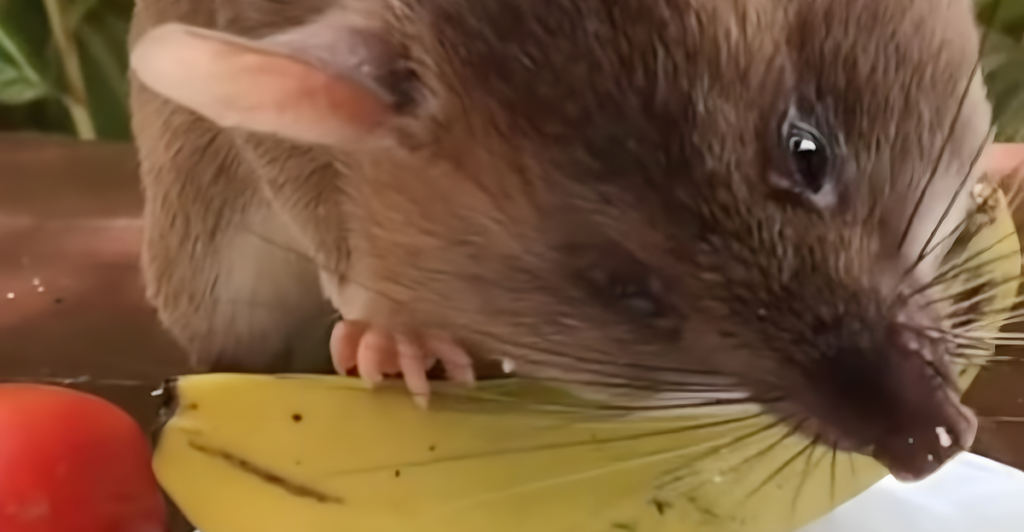
To reinforce their training, the rats were rewarded with food whenever they successfully identified a target scent. This positive reinforcement helped them associate the target smells with a treat, encouraging them to focus on the task. As the training progressed, the rats became increasingly proficient at identifying elephant ivory, rhino horn, pangolin scales, and African blackwood – all commonly trafficked items.
Retaining the Scent Memory
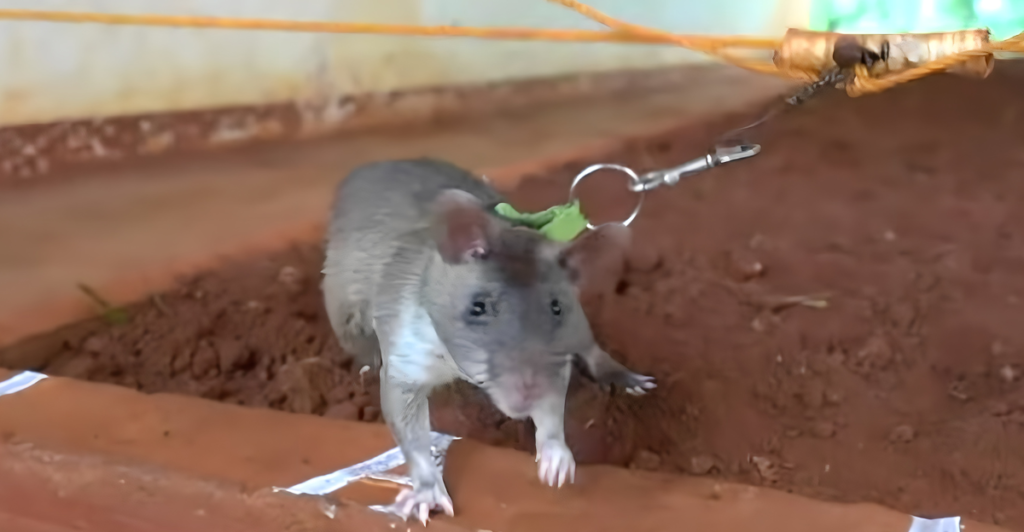
One of the key challenges in training scent-detection animals is ensuring that they retain their skills over time. In this case, the rats were able to remember the target scents for as long as eight months without being exposed to them. This ability to retain scent memories for extended periods suggests that the rats could be just as effective as trained dogs in the field.
Field Tests and Success
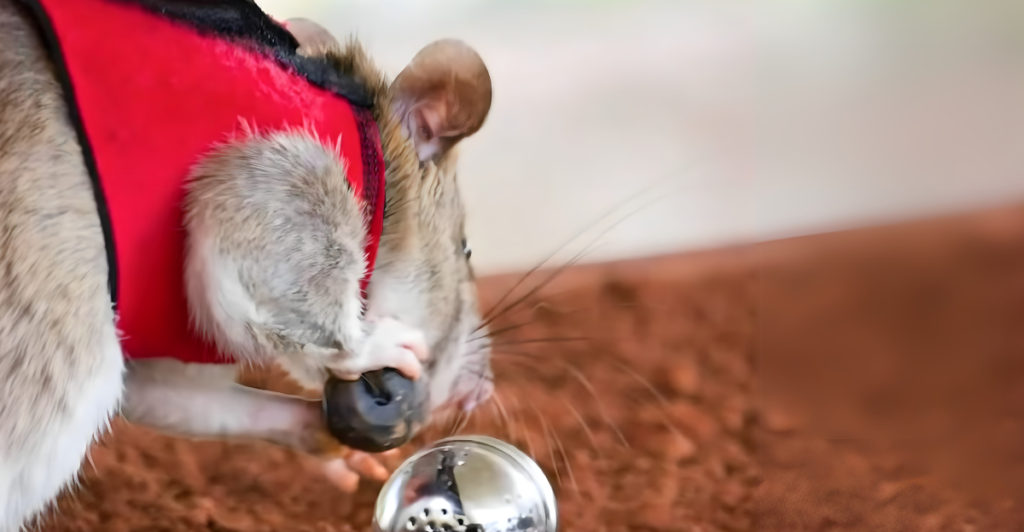
After their training, the rats were put to the test in controlled environments and real-world simulations. In a controlled setting, the rats were able to identify all four target species’ scents while ignoring 146 non-target scents. In a simulation at the port of Dar es Salaam in Tanzania, the rats successfully detected 85% of planted illegal wildlife samples, even when hidden in shipping containers.
Real-World Potential
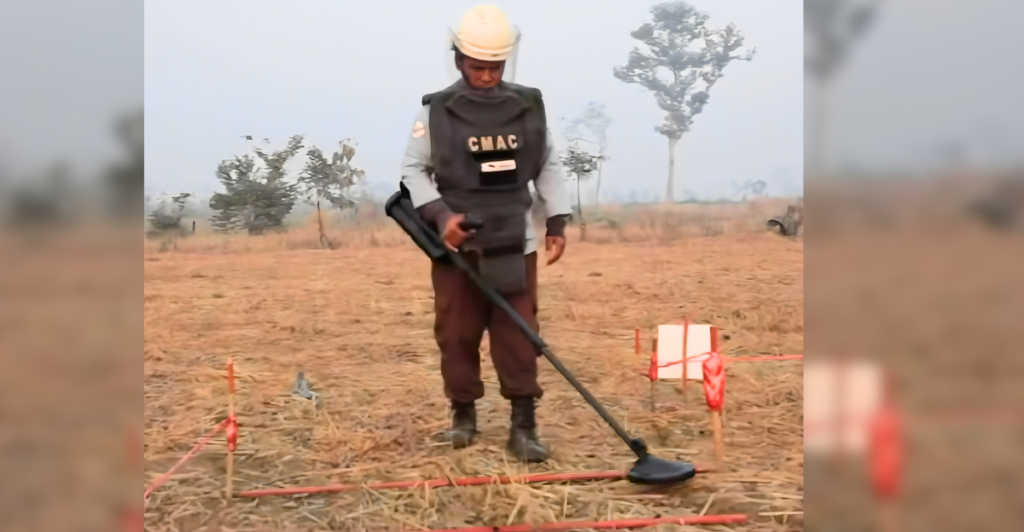
While the proof-of-concept study was successful, further research is needed to test the rats in more diverse and unpredictable environments. The team behind the research has already begun preparing the rats for real-life deployments. This includes outfitting them with small vests that will allow handlers to receive an alert when the rats detect a target scent, making them even more effective in the field.
Functional Fashion: The Rats’ New Vests
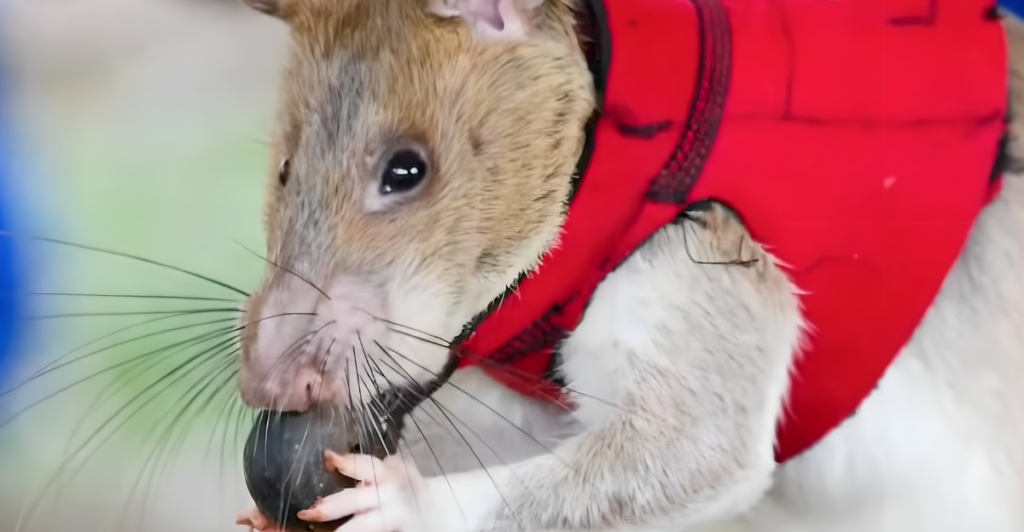
The rats were dressed in tiny red vests as part of their training. These vests featured a small ball attached to the chest, which when pulled, triggered a beeping sound. This beeping signal alerts the handler that the rat has identified a target scent. The vests are not only practical but also ensure that the rats can be easily identified while working in the field.
The Next Steps for Wildlife Detection Rats
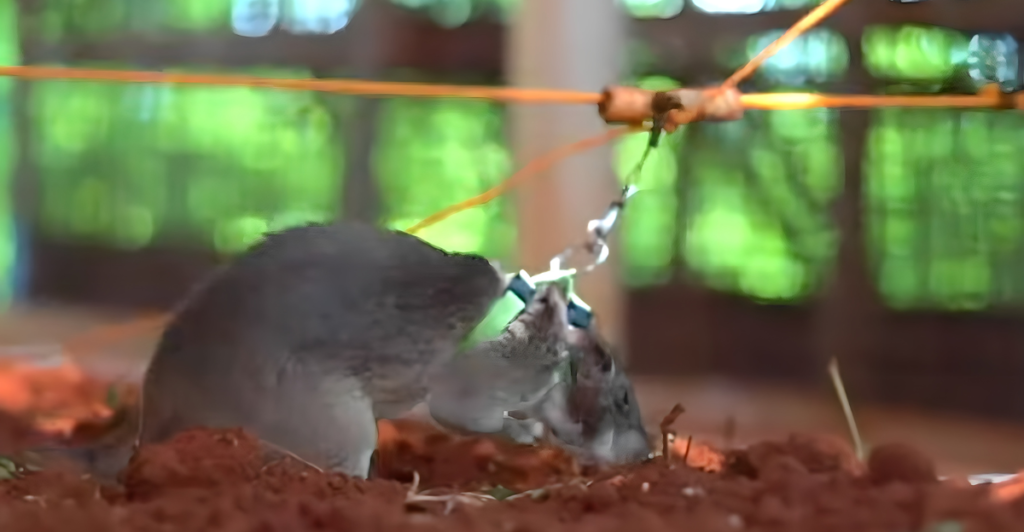
The success of this research paves the way for the broader use of trained rats in wildlife trafficking detection. In addition to detecting wildlife products, the rats could be used at shipping ports to identify smuggled goods. The development of the small vests and beeping system further enhances their utility in real-world situations, making them an invaluable asset in the fight against wildlife trafficking.
The Impact of Trained Rats on Wildlife Conservation
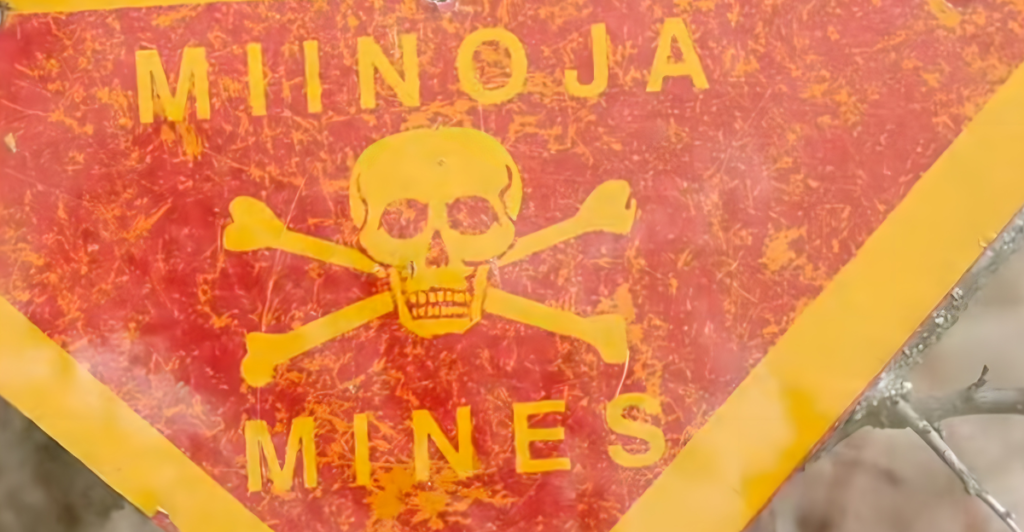
The use of African giant pouched rats in detecting trafficked wildlife products has the potential to revolutionize conservation efforts. These trained rats could help authorities intercept illegal shipments before they reach the black market, ultimately reducing the demand for endangered species products. By leveraging their remarkable sense of smell, these rats could play a pivotal role in protecting endangered species around the world.
Looking Toward the Future
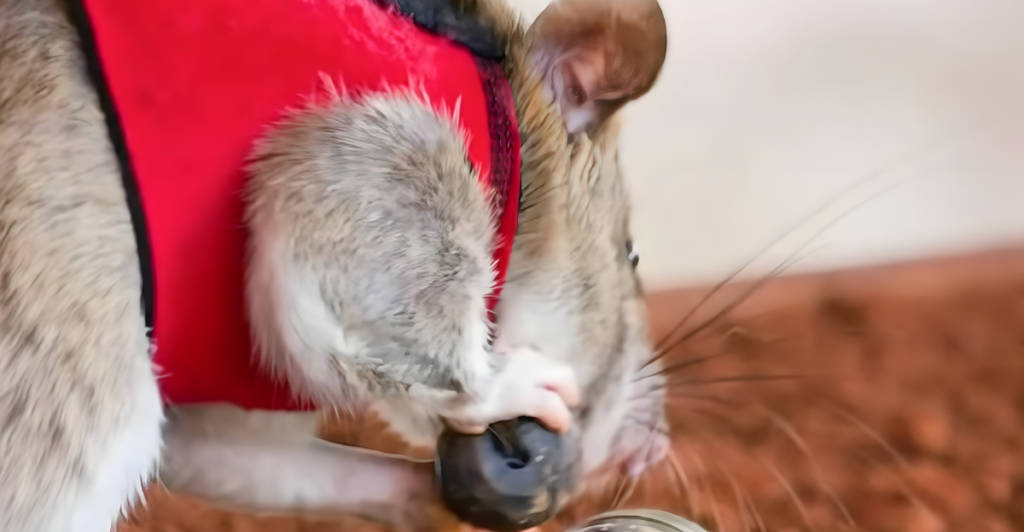
While the research is still in its early stages, the potential for using trained rats in wildlife trafficking detection is immense. With further refinement and real-world testing, these rats could become an essential tool in the battle against illegal wildlife trade, helping to preserve vulnerable species and ensure a safer future for the planet’s wildlife.
Stay connected with us for more stories like this! Follow us to get the latest updates or hit the Follow button at the top of this article, and let us know what you think by leaving your feedback below. We’d love to hear from you!







